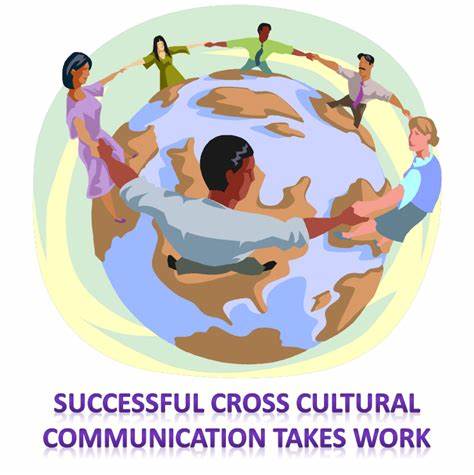In today’s interconnected world, the ability to communicate across cultures is more important than ever. Whether in business, travel, or everyday interactions, bridging language barriers is essential for building relationships, fostering understanding, and achieving mutual goals. In this article, we explore techniques and strategies to facilitate cross-cultural communication and overcome linguistic challenges.

- Cultural Awareness: Understanding cultural differences is the first step towards effective communication. Take the time to learn about the customs, norms, and values of the culture you are interacting with. Awareness of cultural nuances can help you avoid misunderstandings and navigate interactions with sensitivity and respect.
- Learn Basic Phrases: Even a few words in the local language can go a long way in breaking the ice and showing respect for the culture. Learn basic greetings, expressions of gratitude, and common phrases related to your context. This effort demonstrates your willingness to engage and communicate on the other person’s terms.
- Use Visual Aids: Visual aids such as maps, diagrams, and images can help convey information when words fail. Use visual cues to supplement verbal communication and enhance understanding, especially when dealing with complex or abstract concepts.
- Simplify Language: When communicating with non-native speakers, avoid using slang, jargon, or complex terminology that may be difficult to understand. Instead, use simple and clear language, speak slowly, and articulate words carefully to facilitate comprehension.
- Active Listening: Effective communication is not just about speaking; it’s also about listening. Practice active listening by giving your full attention to the speaker, asking clarifying questions, and acknowledging understanding through verbal and non-verbal cues. This demonstrates respect for the speaker and fosters a sense of trust and rapport.
- Be Patient and Flexible: Language barriers can be frustrating, but patience and flexibility are key to successful communication. Allow extra time for explanations, be open to alternative means of expression, and remain adaptable in your approach. Remember that effective communication requires effort and cooperation from both parties.
- Utilize Technology: In today’s digital age, technology offers a multitude of tools to facilitate cross-cultural communication. Translation apps, video conferencing platforms, and online language courses can help bridge linguistic gaps and facilitate real-time communication across distances.
- Seek Feedback: Finally, don’t be afraid to ask for feedback on your communication style and effectiveness. Solicit input from native speakers or cultural experts to identify areas for improvement and refine your cross-cultural communication skills over time.
In conclusion, effective cross-cultural communication requires a combination of cultural awareness, language skills, and interpersonal strategies. By adopting techniques such as cultural sensitivity, language learning, active listening, and technological tools, individuals can break down language barriers and foster meaningful connections across cultures. Embracing diversity and striving for mutual understanding are essential steps towards building a more interconnected and harmonious global community.
